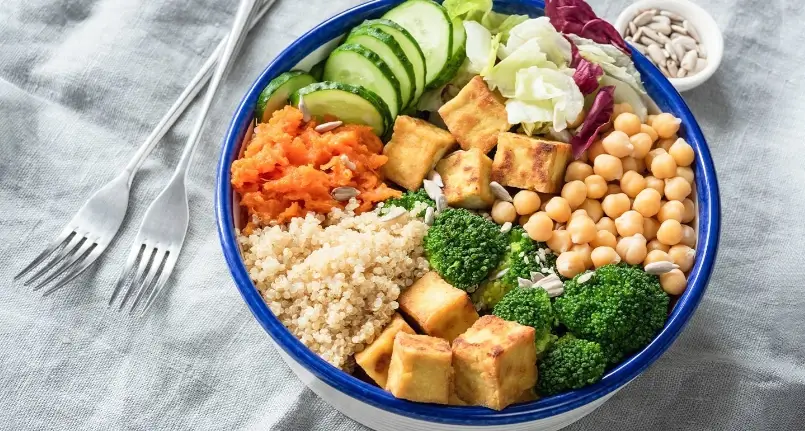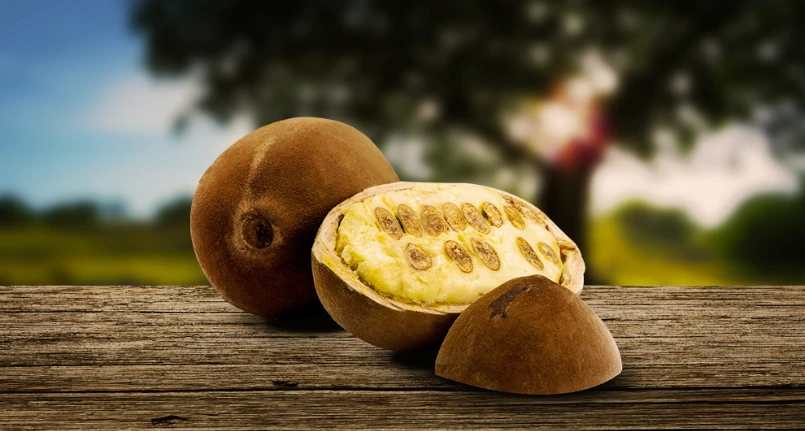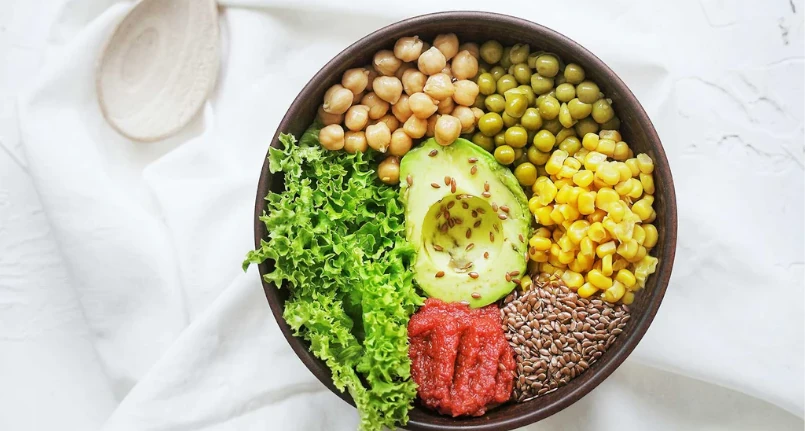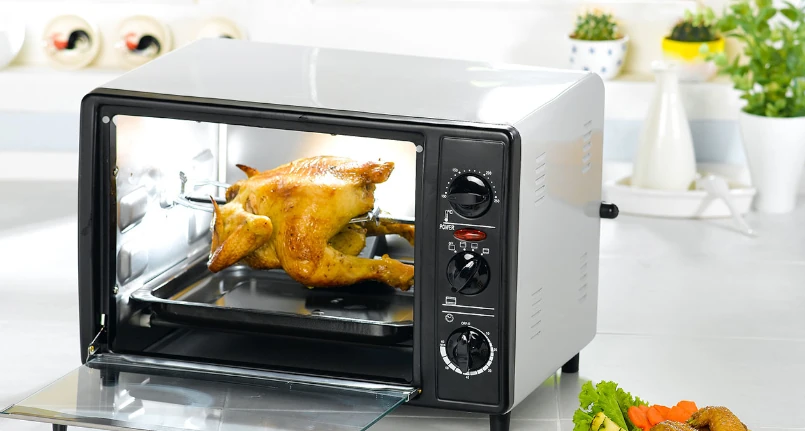The most immediate food association with vitamins is that with meat , chicken in particular , but obviously there are many vegetable elements that contain them in quantity, ideal to be consumed by those who follow a vegetarian diet but not only.These are the plant foods richest in protein and how to consume them.
Protein-rich plant foods
- Lentils
- Pinto beans
- Chickpeas
- Fava beans
- Peas
- Quinoa
- Pistachios
- Almonds
- Brussels sprouts
- Chia seeds
- Potatoes
- Broccoli
Lentils (dry raw)
Total protein: 23 grams per 100 grams
Lentils, like other legumes , are rich in vegetable protein and can be eaten in many different ways. Easy to prepare, they can in fact be used as a side dish for meat, a single dish or as a base for soups or first courses of pasta or rice .
Borlotti beans (dry raw)
Total protein: 22 grams per 100 grams.
Borlotti beans are very popular legumes in South American cuisine but also in the Mediterranean diet . Excellent in salads, they are also perfect as a base for soups or stews and are an excellent general ally for health.
Chickpeas (dry raw)
Total protein: 21 grams per 100 grams.
Blended chickpeas are the main ingredient of hummus , a sauce that can be enjoyed with meals but also as a snack . However, these legumes can also be eaten whole just like borlotti beans and therefore as a base for soups or stews, but also roasted.
Broad beans (raw dry)
Total protein: 21 grams per 100 grams.
The taste of the broad beans, of which the pods are eaten, is similar to that of edamame or green beans . These nutritious legumes can be added to stews and salads or made into a tasty dip by blending them with other ingredients like olive oil and sesame seeds .
Peas (dry raw)
Total protein: 22 grams per 100 grams
Peas are often mistakenly included in the category of vegetables but in reality they are legumes in all respects. Eating them, in addition to protein, involves the intake of carbohydrates , fiber , iron , zinc and B vitamins .
These foods have a sweetish and pleasant taste that lends itself to many recipes for first courses such as pasta or soups, but also to side dishes or light second courses.
Quinoa (cooked)
Total protein: 8 grams per cup
Quinoa is a herbaceous plant belonging to the same family as spinach and beets , and is native to South America.
This popular health food is packed with protein, fiber, antioxidants and minerals, cooks up in just 15 minutes, and is great as a base for salads enriched with veggies and avocados , or to be made into veggie burgers or soups.
Pistachios
Total protein: 20.27 grams 100 grams.
Pistachios are seeds of the pistachio plant with antioxidant properties and in addition to proteins, they guarantee the intake of precious mineral salts such as calcium, phosphorus , potassium and iron and vitamins E, B1 and B6 .
Excellent to taste, they lend themselves to sweet recipes such as cakes, pastries or spreadable creams but also savory in the form of sauces for first courses or in grains for second courses of meat or fish . Also excellent in salads.
Almonds
Total protein: 21.22 grams per 100 grams.
Almonds are delicious and nutritious seeds and in addition to being an excellent source of protein, they contain healthy fats , vitamin E and antioxidants. To obtain as many nutrients as possible from these elements, it is best to eat them with the skin intact.
Mainly used as an ingredient for desserts, they can however also accompany many savory dishes or be eaten alone as a snack.
Brussels Sprouts (raw)
Total protein: 4.2 grams per 100 grams. Brussels
sprouts or sprouts are a slightly bitter vegetable and for this reason little loved by children but with a high nutritional value. You can eat them roasted, steamed or even chopped into salads.
Chia Seeds (Dried Raw)
Total protein: 16.5 grams per 100 grams.
These tiny black seeds are part of the superfood family because even in small quantities they contain loads of protein, fiber, omega-3 fatty acids and other nutrients. Excellent for breakfast together with yogurt or as a base for porridge , they can also be used to make healthy desserts such as puddings or added to salads or main courses.
Potatoes (raw)
Total protein: 2 grams per 100 grams.
Potatoes are a key element of the Mediterranean diet due to their highly beneficial properties. An excellent source of protein, they also contain vitamins C and B-6 and potassium. There are many recipes that can be made with this tuber, all very tasty and healthy, with the exception of the fried ones .
Broccoli (raw)
Total protein: 3 grams per 100 grams.
Broccoli is a panacea for health and in addition to proteins, it provides the body with fibres, vitamins K and C and many other nutrients. They can be eaten boiled with a drizzle of olive oil or as a condiment for first courses or, blended, in the form of a velvety soup.




